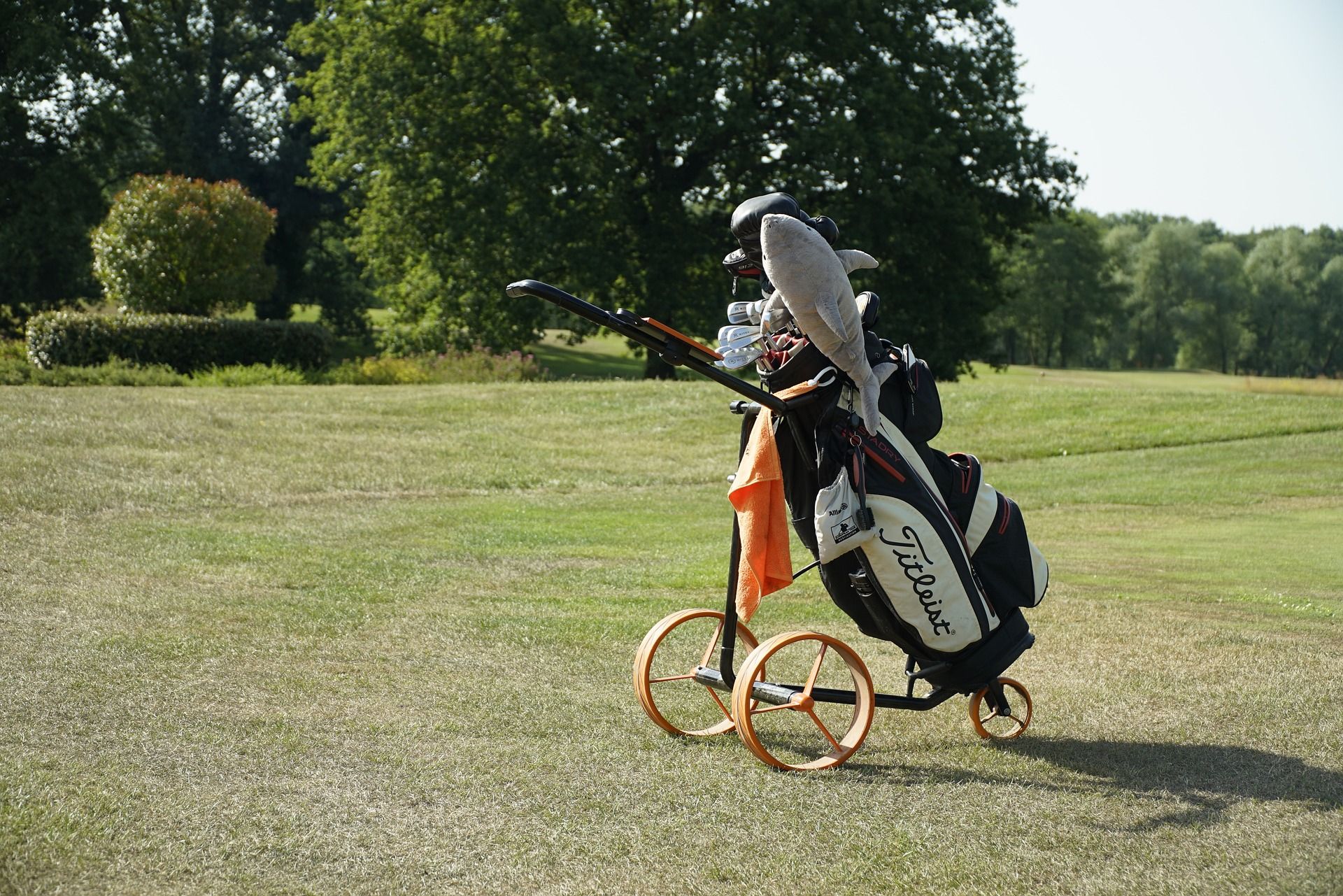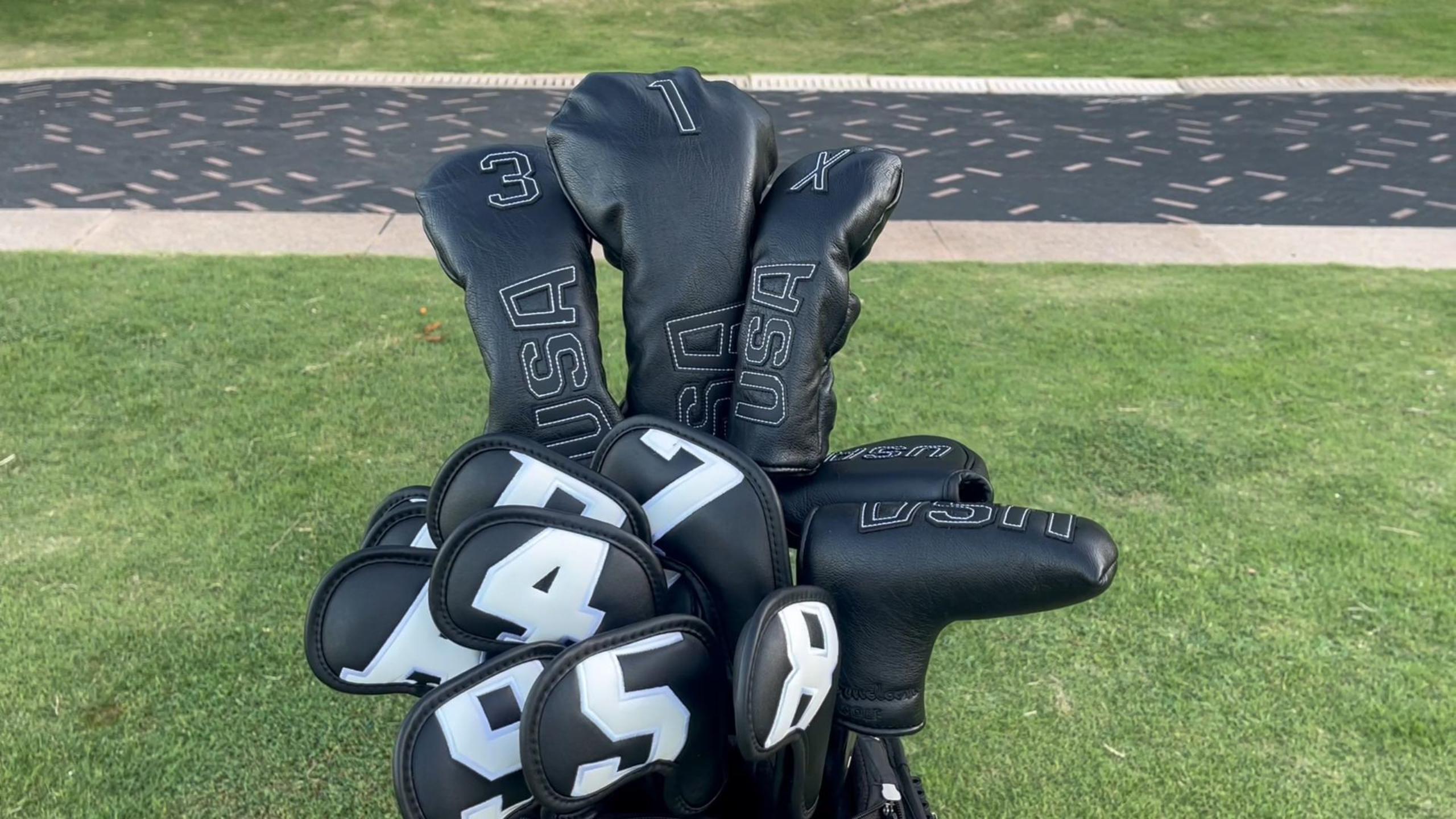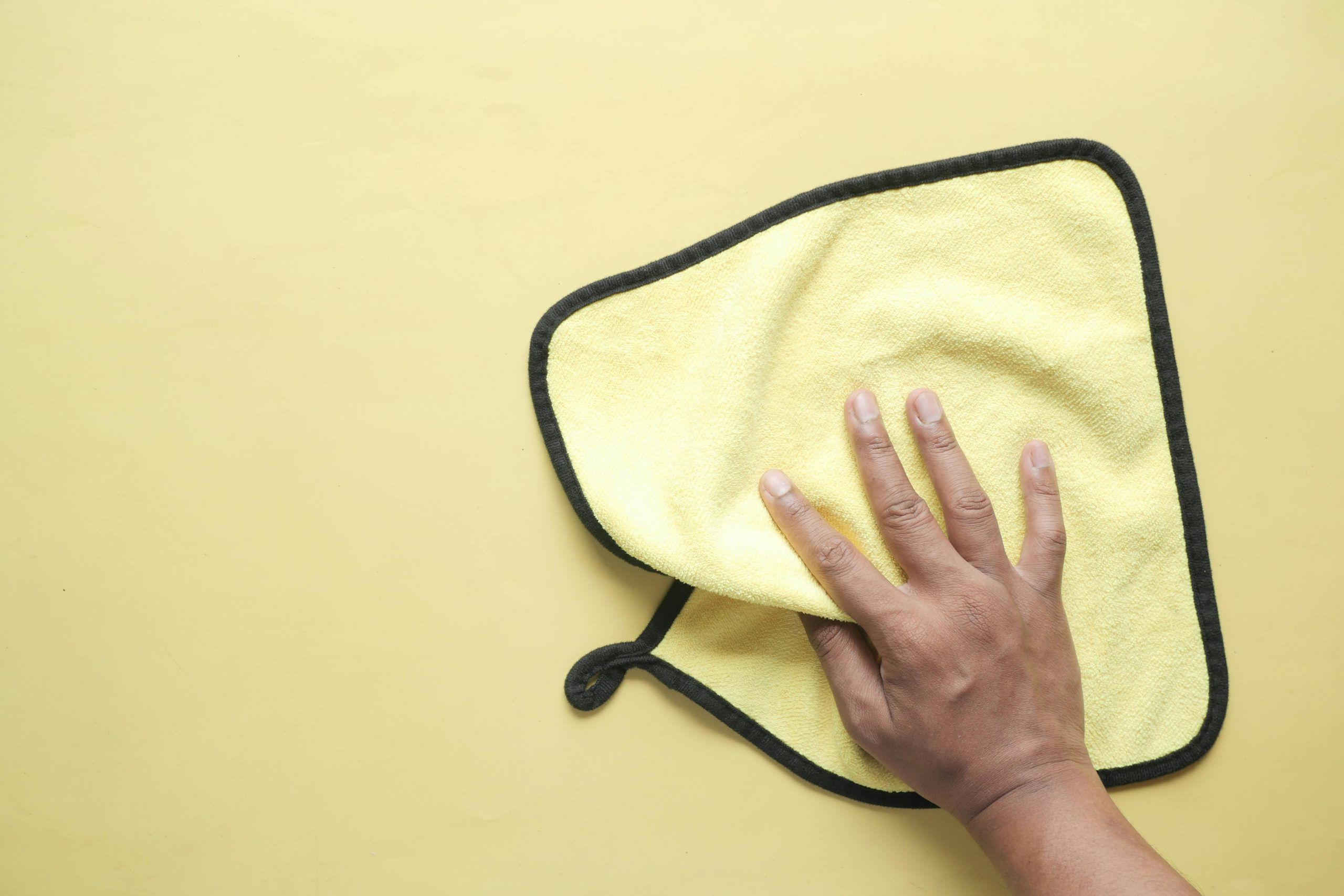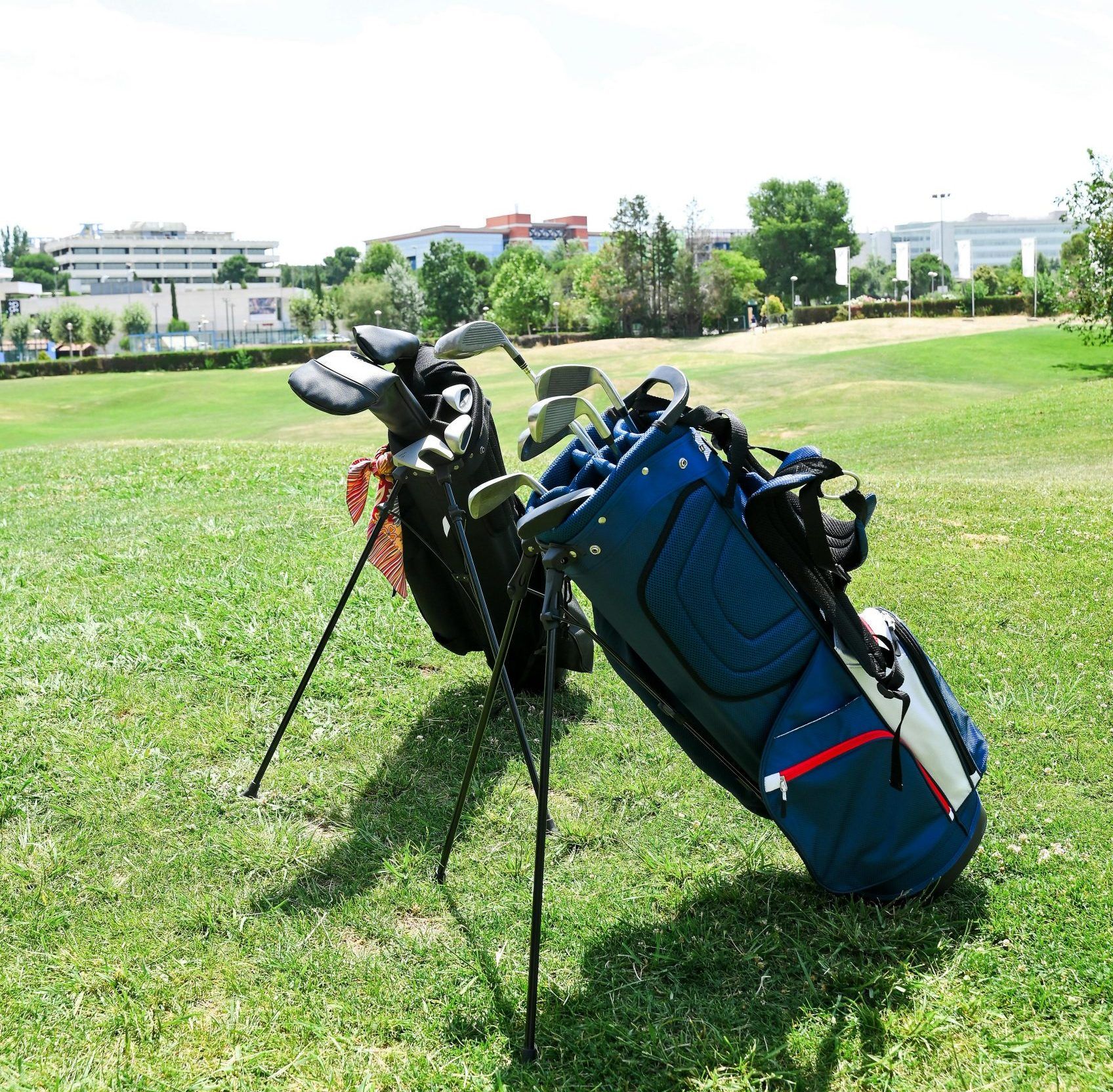To understand the importance top golf professionals attach to ensuring proper storage for their clubs — after all, they are weapons of war and the means to glory on the golf course, here is a recount.
It was early 2009 and Jeev Milkha Singh was playing some of his best golf going into that year. Among other accolades across global Tours that had him break into the top 50 on the Official World Golf Ranking, Jeev notched another first by becoming the first Indian golfer to have a signature course. The Kensville Golf and Country Club on the outskirts of Ahmedabad, capital of the western Indian state of Gujarat, came to bear Jeev’s name, and going with the tradition Jeev also had a villa to his name near the first tee box.
The plans were drawn up, and true to Jeev’s nature, he was an intrinsic part of the home designs. Among other things, a lot of thought went into the spot where his golf clubs were to be stored on the trips to Ahmedabad. The space was on the ground floor with a side entrance leading to the storage room for the golf clubs and other accessories.
An exclusive room for storing golf clubs may sound strange to the uninitiated or a casual golfer, but Jeev explained the significance of cool and dry space to keep his clubs in prime condition and battle-ready. Closer home, my work as a golf reporter over the years and raising a rising amateur golfer has provided some more insight. Otherwise, casual with his belongings, Ritadhvaj, 18, is dead serious when it comes to caring for his clubs. Before leaving for practice and after getting done, some time is spent cleaning the clubs — grooves, shafts, and the grips.
Showing maturity far beyond his years, his logic is simple, “You take care of the clubs, they’ll take care of you on the golf course.” Presenting our feature on keeping your clubs in prime condition for numerous golfing memories over time.
Tips on proper golf club storage
1. Golf club storage according to duration
 (Image credit: Pexels)
(Image credit: Pexels)
Day-to-day golf club storage
Storage in a garage: It is reasonable for someone to leave their clubs in the garage overnight if they plan to use them again the following day or to keep them there for a few days before using them again. Just make sure they are dry before storing, whether for a day or a year. Always dry the golf clubs and ensure that the interior of the golf bag is dry as well. Cleaning the clubs (including the grips) and wiping the shafts before storing them is always a good idea if there won’t be any use of them for a few more days.
Storage in a car trunk: People should never leave their golf clubs in the trunk of the car. If there is no golf scheduled for a few days, there is a good chance that individuals will be driving with their clubs clanging around in the trunk and maybe getting scratches, nicks, or dents. When storing the golf clubs in the trunk, the temperature should also be taken into consideration. On hot, bright days, the interior of a car trunk can get close to 200 degrees.
Long-term golf club storage
People should bring their golf clubs and store them somewhere inside the house like in dry, climate-controlled spaces for long-term storage. Players should clean their golf clubs before keeping them in storage for an extended period of time. Cleaning the club heads, grips, and shafts is essential. It is best to find an isolated spot, such as a corner of a closet or room, where the bag won’t be disturbed, and store the clubs there.
Avoid storing golf equipment in a garage that does not have temperature control during the colder months. The club head and shaft won’t be harmed by prolonged exposure to cold, but the grips may become dried up, stiffen, or even break.
2. Wash golf clubs on a regular basis
Washing the golf clubs on a regular basis is another facet of proper storage. This ensures that any sand, grit, or debris that has found its way on the face or grooves of the club is cleared out. Use a good-quality washing-up liquid, warm water, and a soft-bristle brush to wash. Five minutes of soaking the clubs in water is recommended before cleaning, drying, and putting them aside.
How to wash golf clubs?
All that is required is a bucket of warm water and some mild dish soap. Depending on how dirty the clubs are, soak the irons for 5-10 minutes. Only the club head should be submerged, not the hosel, as doing so could damage the ferrule. Use a toothbrush, soft kitchen brush, or a nylon brush with soft bristles to clean the grooves. Anything with soft bristles works great, but never use wire bristles
3. Use golf club headcovers
 (Image credit: Amazon)
(Image credit: Amazon)
Headcovers are an essential accessory to have in order to maintain the head of the golf club in pristine condition as well as a critical step in its rightful storage. Simply pulling the club out of the bag or putting it back can result in scratches. In addition, club head covers prevent the clubs from getting jostled while loading them into the car or a golf cart. Headcovers also make sure that the clubs are shielded from weather, moisture, and other elements when being used on the course. Most woods and putters come with headcovers, though this is not always the case. It is highly recommended to invest in a putter or wood head cover if there isn’t one already.
4. Save a microfiber towel for quick use
 (Image credit: Pexels)
(Image credit: Pexels)
Golf clubs frequently come into contact with grime, sweat, sunscreen, and other substances that degrade their quality over time. To prevent wear and tear, it is crucial to clean them with appropriate supplies. A microfiber golf towel is a helpful accessory to have in the golf bag, as it can be used to gently clean the clubs without damaging the surface or leaving any residue.
5. Look after the golf club shafts
The lever-like movement of the shaft allows golfers to strike the ball over long distances with just a body turn. It’s important to inspect the shafts of the golf clubs for splits, dents and other damages once in a while. If there is something, replace it right away as it will have a significant effect on the performance. Shafts last a very long time if they are maintained properly. They may, however, be damaged if they backswing into a boulder or when the club gets smashed into the ground repeatedly.
6. Regular inspection of grips
The grips on golf clubs are important yet easily overlooked. They are the only area of the club that players come into contact with; therefore, they must be in good shape at all times. Regularly checking the grips for cuts or other signs of wear and tear is a good practice.
7. Keep the grips clean
While cleaning golf clubs, the grips are often overlooked. As the grips are the only piece of equipment that golfers touch with each swing, they will inevitably become dirty. Sweat, dirt, oil, and sunscreen cause grips to become dirty. Washing the grips on a regular basis will extend their life.
How to wash golf club grips?
Dip the grips in a dish of soap water, and then use a soft-bristled brush to scrub the edges. Rinse the soap from the grips and pat them dry with a towel before using them.
8. Keep the grooves on the golf club clean
People won’t have as good control over their golf ball if the grooves on their clubs are covered with sand and dirt. Even a dirty face that isn’t in the grooves will probably affect how the ball bounces off the club face. The grooves can be kept clean with the use of a high-quality groove cleaner, which will significantly enhance the clubs’ playing capabilities.
9. Routine inspection of clubs
Look for dents and scratches in the clubs from time to time. Golf clubs go through a lot, so it’s a good idea to carefully inspect them to spot any problems. Always keep in mind that regular inspections are the first step in care and maintenance.
10. Make use of the rain hood
Most new golf bags come equipped with rain hoods. It is extremely important to use these as they will shield the clubs from damage and stop water from entering the golf bag, especially during rainy conditions. The clubs will definitely get wet anyhow, but by doing this, the amount of water they are exposed to is minimized.
(Main and Featured Image credit: Pexels)
The information in this article is accurate as of the date of publication.







